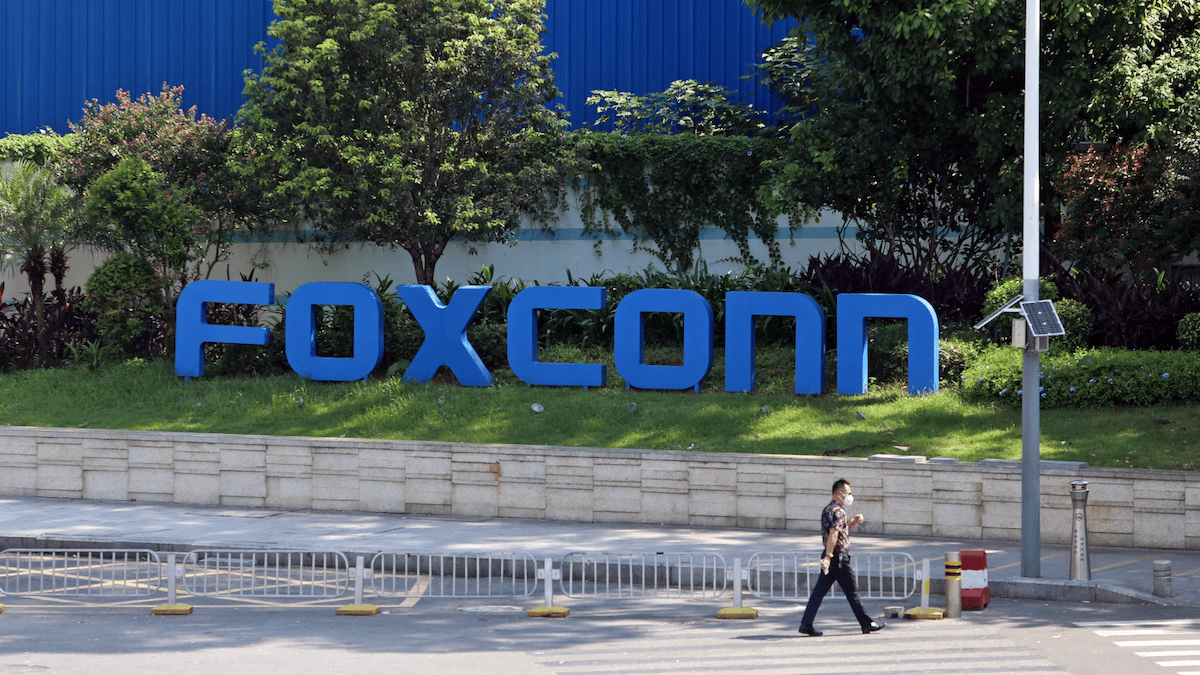Apple’s main iPhone supplier Foxconn has started the initial trial production phase of the iPhone 15 manufacturing process. NPI, or new production introduction, is the official name for this phase.

iPhone 15 production enters NPI stage
According to a new report from Economic Daily News, Apple has tapped Foxconn to do the initial trial production for the iPhone 15 series. Foxconn will be responsible for supplying the bulk of orders in both China and India for the upcoming lineup. Now that China has lifted its COVID-19 lockdowns, production is expected to go smoothly for Foxconn.
Hon Hai’s Shenzhen Guanlan factory in mainland China will start to enter the high-end iPhone 15 trial production introduction service (NPI) , to warm up for mass production, revealing that Apple is still highly dependent on Hon Hai, injecting strong momentum into Hon Hai’s performance in the second half of the year.
In order to find any assembly-related issues, identify potential efficiency gains, and find ways to reduce manufacturing costs/time before the inevitable transfer to mass production, the new lineup is currently being produced on an actual production line, or NPI.
A small number of units have already been assembled by hand, but the NPI stage makes use of a genuine production line. The precise procedures and tools anticipated to be used for mass manufacturing are used to build smartphones using the NPI stage.

The publication adds that this year’s manufacturing will be a little unusual for Apple because mass production will begin only a few weeks apart in China and India. Production in prior years was spaced out over several months.
This year’s lineup will be comprised of four models: a 6.1-inch iPhone 15, 6.7-inch iPhone 15 Plus, 6.1-inch iPhone 15 Pro, and 6.7-inch iPhone 15 Ultra. The lineup will be the first to offer USB-C connectivity in an iPhone. In addition, Apple will expand Dynamic Island to all four models.
The higher-end models in the lineup will also feature the A17 Bionic chip, which is going to be built on TSMC’s 3nm process. The chip will offer better performance than previous Apple Silicon chips for iPhone while requiring 35% less power.
Read more: